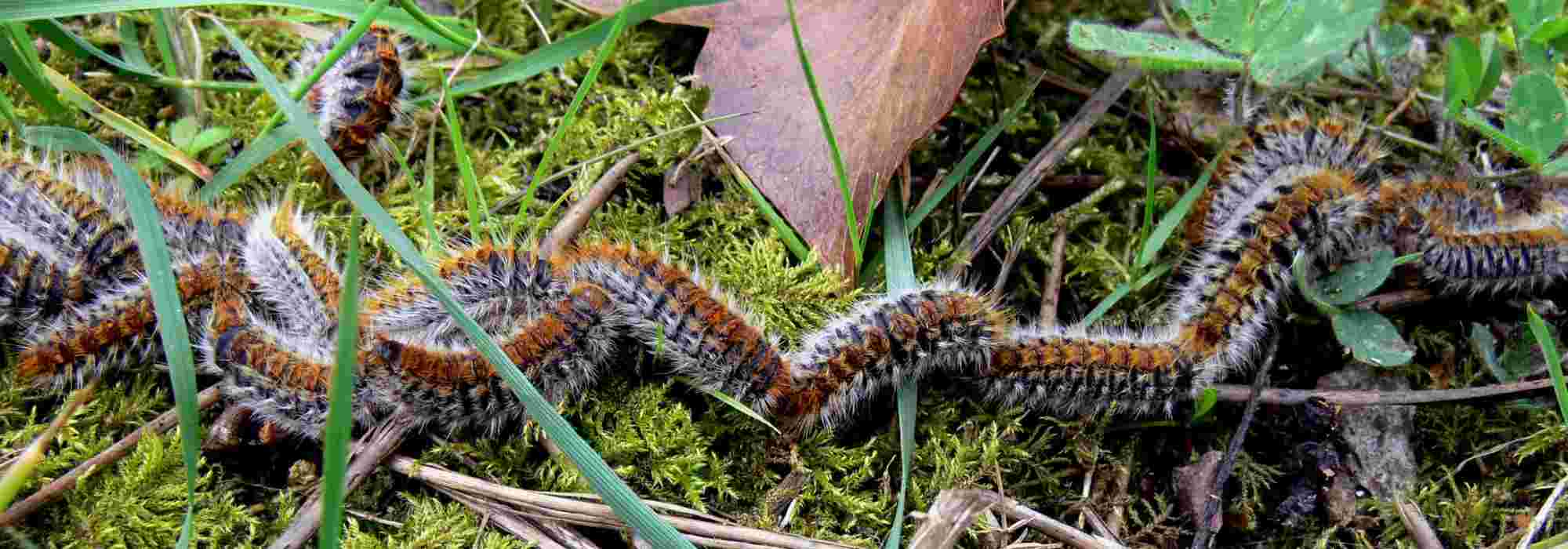
Pine processionary caterpillar: dangers and control methods
How to recognise and get rid of pine processionary moths
Contents
Terrible pest of pine forests in France and elsewhere, the pine processionary caterpillar is also problematic in our gardens. Although it does not kill trees, it causes a sharp slowdown in growth of the tree as well as increased susceptibility to disease and other pests.
Furthermore, this unpleasant caterpillar poses public health issues for people as well as for pets. How to recognise it? How can you protect yourself and get rid of it? We explain everything in this article.
UPJ (Professional Union of Companies for the Protection of Gardens and Public Spaces) has launched an information campaign about the best practices to know and apply to control this pest. Discover best practice measures for controlling processionary caterpillars.
What is the pine processionary moth?
Description
Pine Processionary or Thaumetopoea pityocampa is a nocturnal moth (Lepidoptera) of family Notodontidae. It is named for its habit of moving in procession (“in single file“) when they descend from their nest. Adult moth measures about 1.5 cm in length (forewing length) and folds its wings along its body at rest. Grey-brown in colour, with wavy darker markings, it is fairly inconspicuous. Caterpillar is not more colourful: dark, slightly orange and covered with hairs. It is mainly the nest made of bristle, visible from a distance, and their procession that distinguish them from other moths.
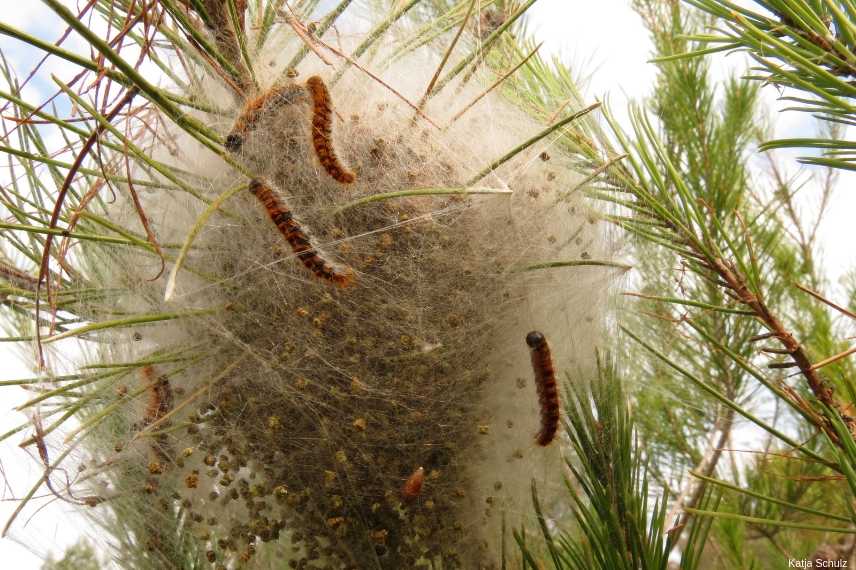
Pine processionary caterpillar nest
please note: its cousin Thaumetopoea processionea, the Oak Processionary, is very similar morphologically and biologically to the Pine Processionary. Its caterpillar also has urticating and allergenic hairs but feeds on oak leaves.
Life cycle
- In mid-June moths emerge from soil to mate. Males die shortly after mating. Females lay between 100 and 300 eggs on pines then die in turn.
- Between 30 and 45 days later, caterpillars hatch from egg and begin feeding on needles. As they grow, they change colour and become covered with urticating hairs.
- In autumn, caterpillars build a kind of nest of bristle in branches of a pine. They spend the winter there “warm and cosy”.
- In spring, the whole colony descends from the tree and begins its procession, led by a female. This is called the nymphosis procession and can last several days.
- After this procession, caterpillars bury themselves in soil, spin a cocoon and transform into pupae. This stage can last from a few months to several years.
- Finally the moth emerges from its chrysalis and from the soil to mate in turn.
Distribution in France and Belgium
For the moment, Pine Processionary is present across France except in north-east region and Massif Central but is advancing northwards. A few cases reported in Belgium to date: Walloon Brabant and Flemish Region. It is mainly found in pine forests but is sometimes moved, via sale of wood, to other regions.
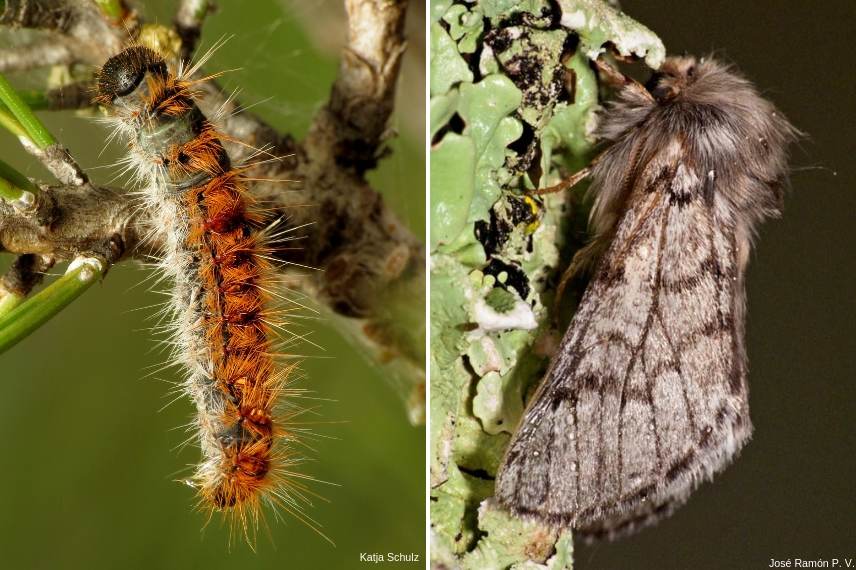
Processionary caterpillar / moth
Dangers of processionary caterpillars
Pine processionary caterpillar is dangerous: for you, for animals but also for trees. Indeed, at the third larval stage, during the famous “procession”, pine processionary caterpillars become covered in urticating hairs which they release into the air as soon as they feel endangered. These very brittle hairs contain an urticating and allergenic substance: thaumetopoein.
Take care!
Symptoms of contact with these hairs are as follows:
- skin rashes and severe itching,
- development of severe conjunctivitis which in some cases may lead to glaucoma or cataract,
- sneezing, throat pain and respiratory discomfort which may trigger an asthma attack in susceptible individuals,
- if urticating hairs are ingested, they can cause venter pain and vomiting,
- symptoms may worsen with repeated contact with the urticating and allergenic hairs.
→ in case of a severe reaction, contact your doctor
Be careful with animals!
These hairs are allergenic and urticating and cause itching in dogs and horses (less often in cats, but take care nonetheless).
For animals, symptoms are as follows:
- dogs and horses will lick itchy areas or touch caterpillars or nests with their muzzle or mouth,
- the animal suffers and begins to drool profusely,
- the tongue swells and changes colour to purple,
- in severe cases, the animal can no longer eat or drink and its tongue becomes necrotic
→ do not take any risks, at the slightest suspicious sign, contact a veterinarian! Cortisone and antihistamine treatment will be given. If the tongue is necrotic, partial or total amputation of it will be necessary.
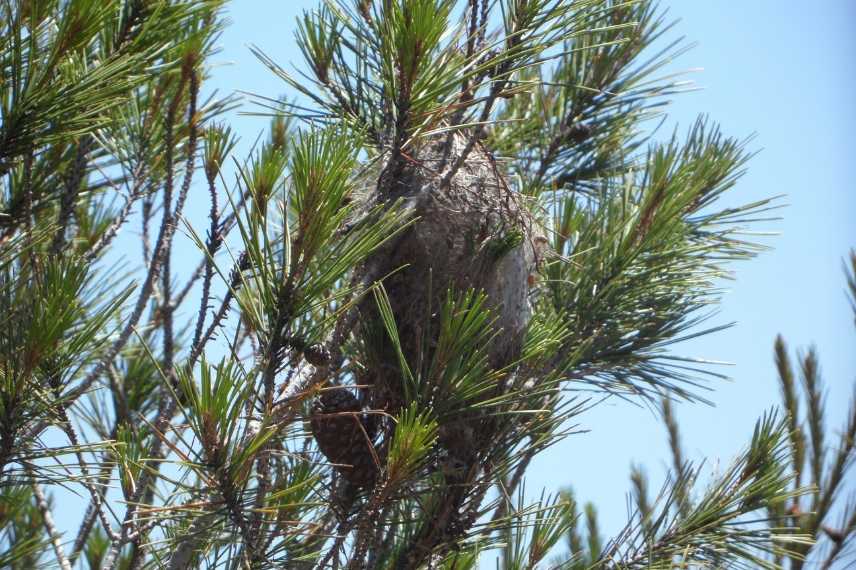
Be careful with trees!
As its name indicates, the pine processionary attacks pines but not only, as it can also reach cedars. The caterpillar preferentially feeds on Pinus nigra first (Austrian black pine, Corsican pine and Salzmann’s laricio pine) then on maritime pine, Scots pine and finally Aleppo pine. Sometimes the pine processionary may fall back on Atlas cedar or Lebanon cedar.
An attack by pine processionaries causes two problems:
- partial or sometimes total defoliation of the tree. The caterpillars feed on pine needles. The tree can therefore no longer perform photosynthesis properly and growth is slowed or even halted.
- weakening of the tree which makes it more vulnerable to diseases or attacks by another pest (wood-boring insects, fungi, …) which can lead to the death of the tree.
Discover other Pinus - Pine
View all →Available in 1 sizes
Available in 1 sizes
Available in 1 sizes
Available in 1 sizes
Available in 2 sizes
Available in 1 sizes
Available in 1 sizes
Available in 1 sizes
Available in 1 sizes
Available in 1 sizes
How to get rid of it effectively? Control measures
Mechanical control
Two main methods are used: setting traps and removing nests.
- Ecopiège collars: place, in late winter or very early spring, a kind of trough all around trunk of pine, linked to a bag. Caterpillars fall into this bag when they descend the tree at start of their procession. Wait several weeks for caterpillars to turn into chrysalises before destroying them safely.
- Crown-lifting and nest removal: this technique consists of “picking” nests using a pole pruner then destroying them by burning. Sometimes it is necessary to climb quite high and avoid any contact with caterpillar hairs! My advice: call professionals for such an operation!
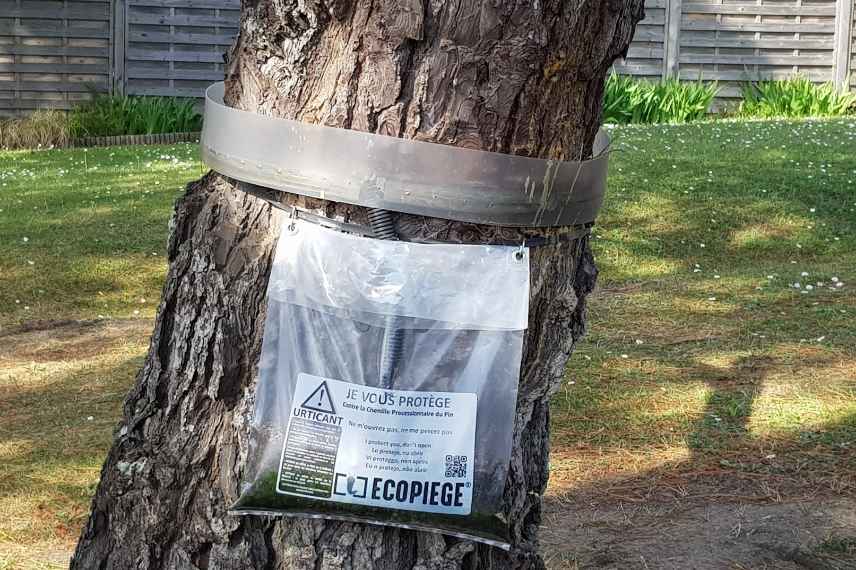
Ecopiège collar: simple, effective and eco-friendly device
Biological control: treatments
Control of processionary caterpillars can also be carried out using biological treatments.
The methods used:
- Spraying of biotoxins from a bacterium named Bacillus thunringiensis in late autumn. This biotoxin kills pine processionary caterpillars. This technique should be reserved for specialists and forest management professionals.
- Pheromone traps: these traps use sexual pheromones to attract males when they emerge to reproduce (between May and July depending on climate). Discover everything you need to know about pheromone traps.
Natural enemies of the pine processionary caterpillar
As with all living organisms, pine processionary caterpillar has many predators, parasitoids and other natural enemies. Fungi, viruses, bacteria or predatory or parasitic insects can reduce population of this moth. But the most effective are tits in general (special mention for Crested Tit, which favours same biotope as pine processionary caterpillar), the Common Cuckoo and the Hoopoe. Sadly, these last two birds are declining everywhere and have almost disappeared in some regions. Two species of bats also prey on these moths.
To encourage presence of natural enemies of the pine processionary caterpillar, you can install nest boxes for tits in your garden and make your garden welcoming for birds: water point, unmanaged hedge…
Finally, note that smell of birch keeps pine processionary caterpillars away. Planting a few birches near pines could therefore be a good idea to protect them, while also adding undoubted aesthetic value. Favor botanical diversity in a forest and avoid pine monocultures, especially in high-risk areas. Remember this advice for your garden too!
- Subscribe!
- Contents
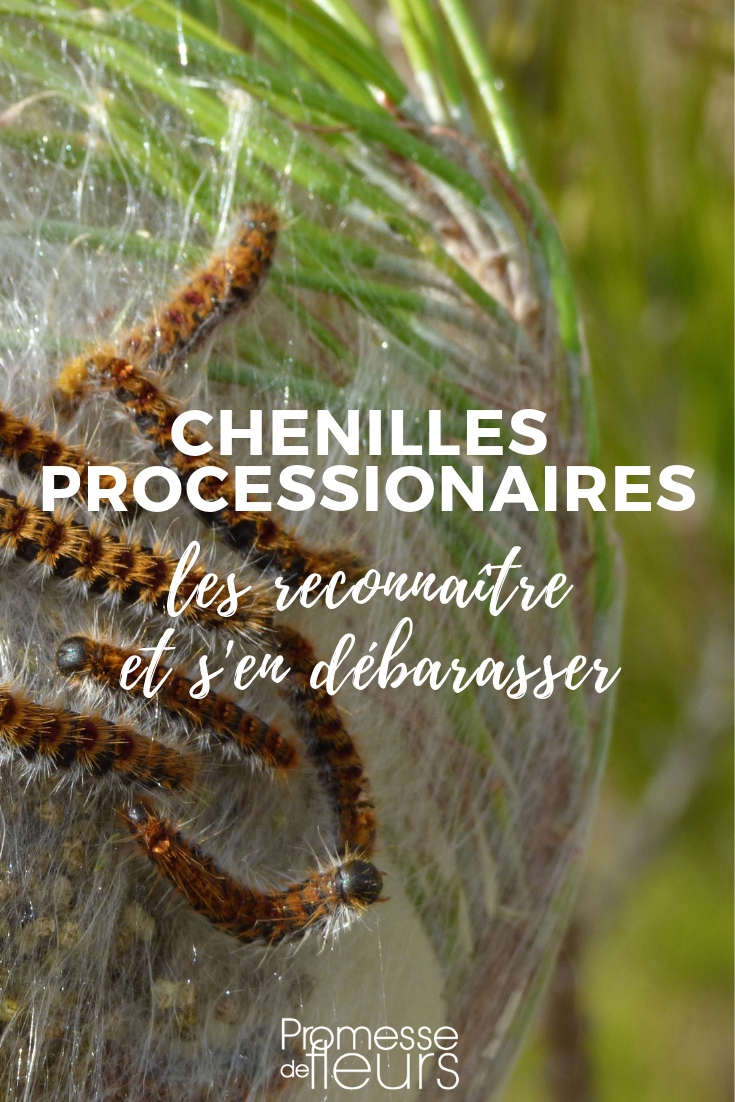































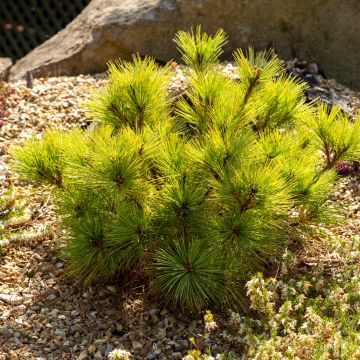
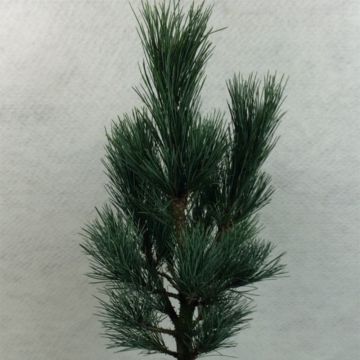
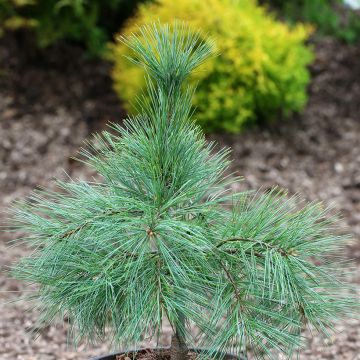
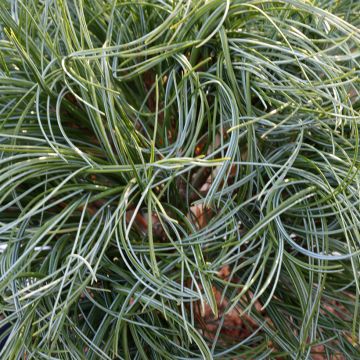
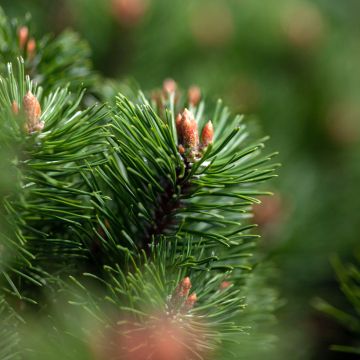
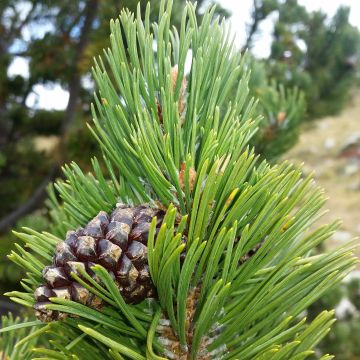
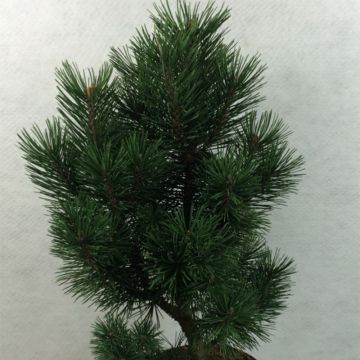

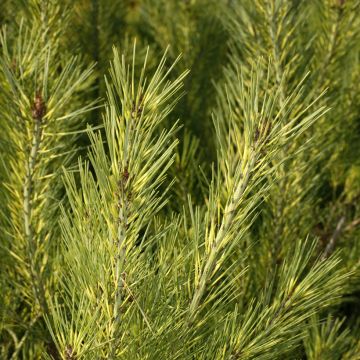
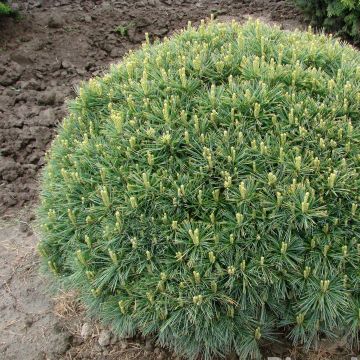
Comments